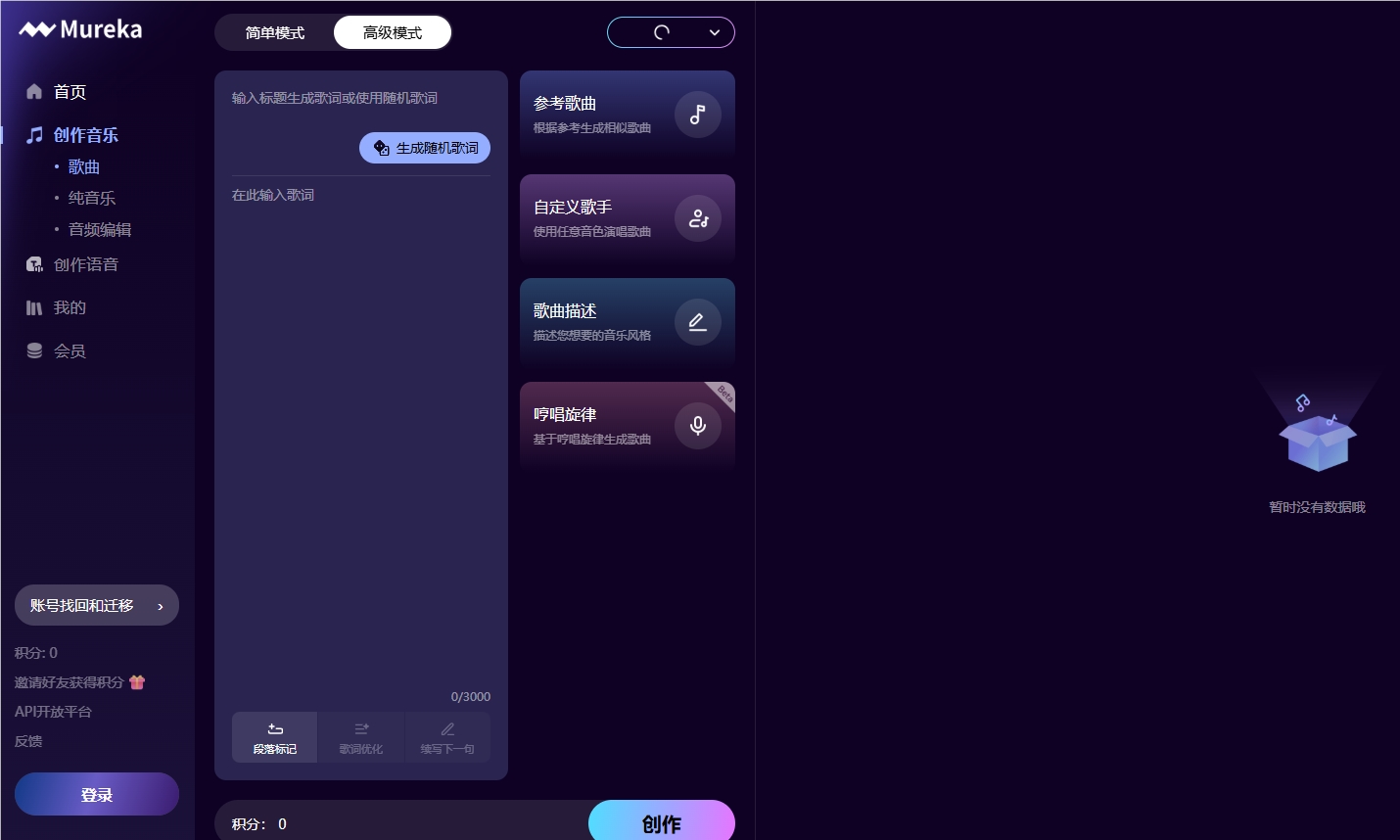Recently, at the 12th Digital Finance and Technology Finance Conference of the Zhongguancun Forum series, Ant Group's Deepfake detection solution was selected as a "Financial Technology Innovation and Application Case" at the conference.
Leveraging its Tianji Laboratory, Ant Group has created the industry's first large-scale, high-quality, multi-modal Deepfake dataset, synthesizing over a million multimedia contents. This dataset effectively simulates Deepfake attack samples in the real-world financial risk control environment, becoming an important standard for evaluating the performance of existing Deepfake detection models in the financial sector. In financial business scenarios, the Deepfake detection accuracy on multiple test datasets from Ant Group has exceeded 98%, successfully preventing several fraud attempts using Deepfake technology and protecting users' asset security.
This dataset addresses previous challenges in the financial sector, where Deepfake detection models could not be trained on a large scale or evaluated in real environments. It also promotes the development of traditional detection models from a multi-modal analysis perspective. Currently, this dataset has become a key capability for Ant Group's anti-deepfake product, ZOLOZ Deeper, in serving external clients.

It is reported that Ant Group employs advanced techniques, utilizing as many as 81 different Deepfake technologies to generate high-quality synthetic images. These cover various types of forgery techniques, complex lighting conditions, background environments, and facial expressions to simulate a complex and realistic attack environment. In addition to static images, a large amount of video data containing sound has also been collected and generated, including over 100 types of forgery techniques, covering different languages, accents, and background noises, ensuring the dataset's diversity and complexity.
During the data preprocessing and labeling phase, Ant Group cleans and preprocesses the collected data to ensure data quality. An expert team labels the data, clearly identifying whether each image or video is Deepfake-generated content while minimizing forgery traces to achieve a highly realistic effect. Previously, Ant Group launched an AI data synthesis and production platform that achieved "AI-led" data labeling, reducing reliance on manual labeling by over 70%.
Moreover, at the 2024 Bund Conference, Ant Group initiated a Deepfake offense and defense challenge, using the Deepfake dataset as the foundational training and testing data for the competition. This attracted participants from 26 countries and regions, with over 2,200 contestants registering to compete. The algorithms contributed by the competitors effectively validated and assessed the attack quality and detection difficulty of the Deepfake dataset.
As artificial intelligence technology advances, Deepfake technology is also rapidly progressing. This technology utilizes deep learning algorithms to create realistic replacements of faces in videos. While Deepfake has positive applications in entertainment and media, it poses new risks in the financial sector, particularly in identity verification and transaction validation. Financial institutions often rely on biometric technologies, such as facial recognition, for identity verification. If these systems are deceived by Deepfake technology, it could lead to severe financial fraud.
In light of this, developing detection systems against Deepfake attacks in the financial sector is essential. However, robust Deepfake detection defense models require high-quality facial Deepfake datasets that reflect real-world environments. Therefore, how to construct datasets that simulate the real world and how to validate their effectiveness are urgent issues.








